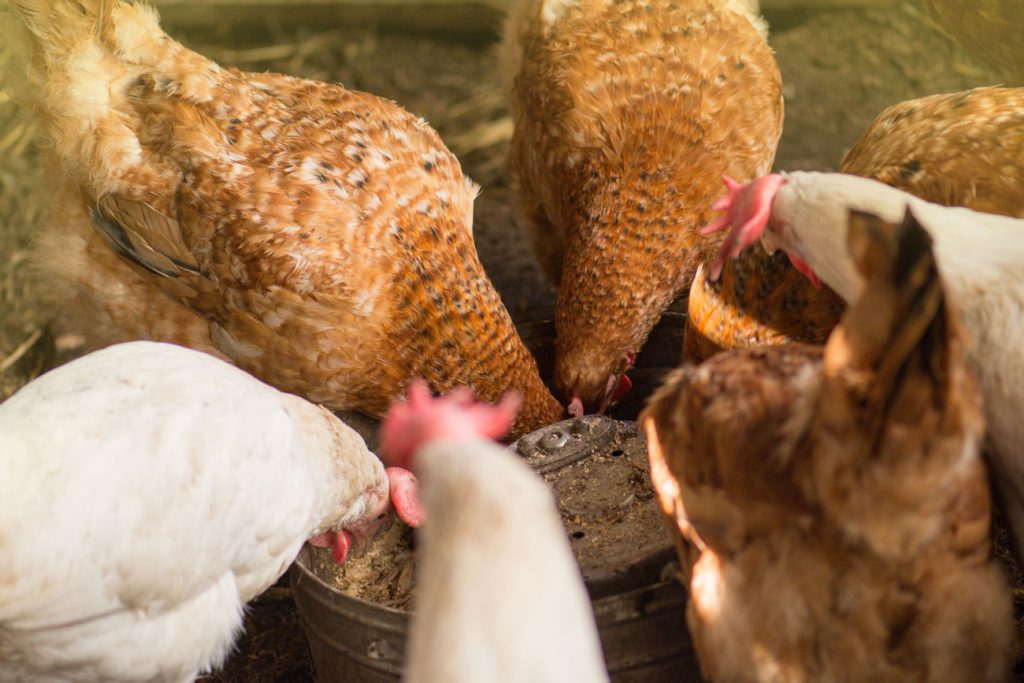As a result of today’s industry and market demand, the average chicken size has increased significantly when we compare them to their size 50 years ago. Even when we might not notice at first, chickens today grow bigger and faster, and we may want to dig a bit deeper if we want to understand the reason why. One of the main reasons is the increased demand for chicken as the protein, particularly for parts like breasts and thighs. In order to satisfy consumers, farmers have been working on ways to breed bigger and healthier chicken.
Almost 100 years ago, in 1920, the average weight of chicken was around 2.5 pounds, with a US population to feed of 115 million. Thanks to a number of breeding improvements, nutrition, care, and bird health, farmers today can easily raise bigger and healthier chicken, and in less time, too. Nowadays, the average weight of chicken is around 6 pounds, with a current US population to feed of approximately 320 million. Just as the size of the population has grown, so has the average weight of chicken in the market.
Despite the controversy, farmers and producers focus on both the size of chicken and the health of their birds. There are many steps producers and farmers take during every stage of the process to guarantee animal care. This helps the industry ensure consumers are enjoying healthy chicken, giving them the peace of mind they deserve. As a matter of fact, the breeding and raising process of chicken has improved significantly during the last 25 years, with chicken being bigger and healthier than then. This is thanks to improved modern breeding processes, better living conditions, up-to-date biosecurity processes, tailored nutrition plans, daily care, and regular veterinarian oversight.
Just as we need to learn about the processes that are behind today’s chicken breeding, we also need to understand what is not part of the process. This way, we can be sure that the chicken we are consuming is healthy and delicious, and not packed with harmful components that could pose a risk to our health. Some of the elements that are not part of chicken breeding include added hormones or steroids since this has been forbidden in the United States since the 1950s. Also, genetic engineering is something that is completely out of the question. Genetically modified chickens are not commercially available, no matter what we might hear.
Chickens today are definitely bigger than they used to be 50 years ago, and they are healthier, too. Once chicken moves to the processing stage, farmers and producers still look for anything that might even suggest a bird is not healthy. Poultry is carefully inspected, and the quality process focuses on finding sings of disease, limb and leg problems, and bruising. Whenever a bird does not pass the inspection, it is removed from the food chain supply, which means that such a bird isn’t ready to be sold. As a result, consumers are ensured healthy birds that do not represent a risk to their health whatsoever.
